Bob’s Steak and Chop House has earned its place as one of Dallas’ most iconic dining destinations, known for its prime cuts and traditional, no-nonsense approach to steakhouse dining. Founder Bob Sambol sat down with Local Profile at the Bob’s in McKinney to reflect on the journey that turned a small, struggling restaurant into a beloved institution.
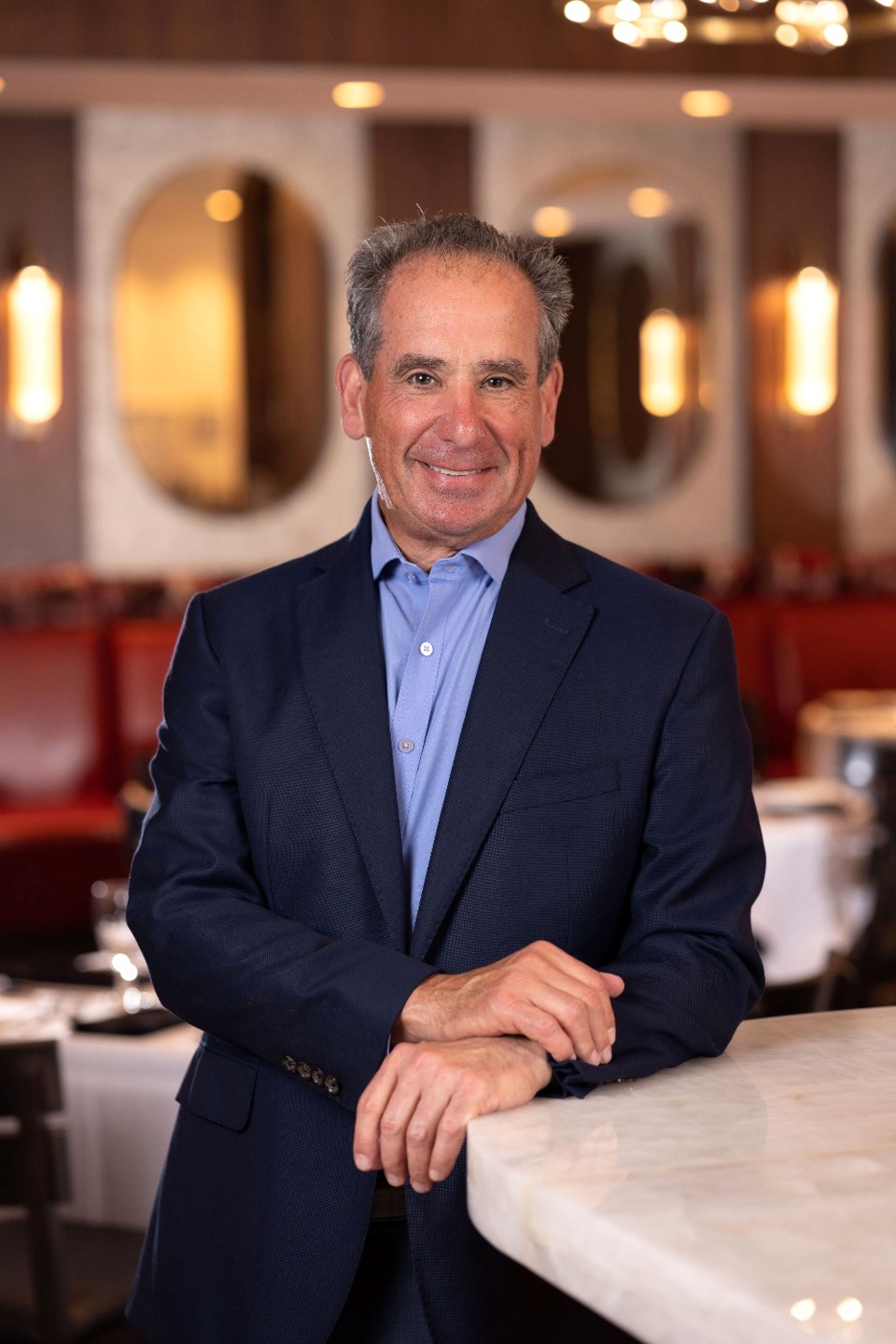
Since its opening in 1993, Bob’s has stood out for its large portions, classic ambiance, mouth-watering steaks and unwavering commitment to quality. Despite early challenges, Bob’s vision for a traditional steakhouse never wavered, and his dedication to delivering a consistent experience has earned the restaurant a loyal following.
Now, as the brand continues to expand, Bob’s stays focused on the same principles that made it a success: great food, exceptional service, and a dining experience customers can trust and return to time and time again.
LP: How did you get started in the restaurant business?
BS: I grew up in Northern Jersey, where my father owned bars in Manhattan. He worked seven days a week, and since I was the youngest of three, my mother decided I needed to spend more time with him. So, when I was 11, my father took me to one of his bars. I remember my first time in one of them in 1965, sitting there with a Coca-Cola, surrounded by adults drinking during the day. I was dressed up in gray trousers and a pink bow tie. And then he put me to work.
I helped with everything — getting ice, cleaning, mopping floors and whatever else needed doing. He believed in making me do the worst jobs to set an example for the other employees. I loved it because I got to work with him.
In the late 60s, my father sold his bars and opened a restaurant in New Jersey, where I continued to work until I was 24. Then I joined Specialty Restaurants, a company with 78 theme restaurants across the country. By 28, I was vice president, managing 14 restaurants in 11 states. Later, I worked for Arnie Morton at the original Morton's in Chicago, where I was first exposed to a real steakhouse. That experience struck a chord with me, and it set the foundation for my future in the industry.
LP: Can you tell me more about Morton's?
BS: Morton's was one of the first to introduce the concept of bringing the meat to the table on a tray, with premium wines by the glass and large portions. It made a big impact on me. Arnie was one of the first to do that, and it resonated with me. I learned a lot there before going back to Florida and later working with Dick Clark on his American Bandstand Grill in Miami.
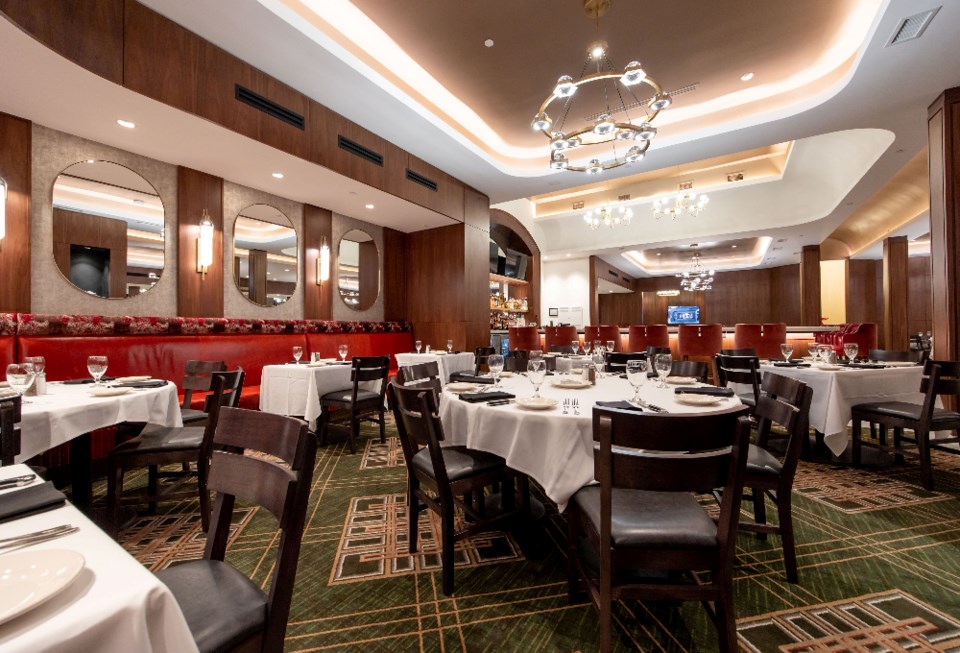
LP: How did you decide to open your own restaurant?
BS: In 1993, my friend Jack Jackson and I came to Dallas to open a second Burt and Jack's. We ended up dining at Del Frisco's, and I struck up a conversation with Dale Wamstad. When Dale asked what we were doing in town, I told him we were looking for a restaurant. He said, “Your search is over. I’m moving to Spring Valley in the tollway — buy this from me.” We started talking, but Jack and Dale didn’t exactly hit it off, so I asked Jack if I could take over the negotiations. I had one problem: I had no money. I told Dale, “I don’t have money, but I’ve got an idea. Why don’t you partner with me?” He wasn’t keen on competing with himself but agreed to partner under one condition: we couldn’t have the same menu. No filet, no shrimp, no lobster.
We decided to call it Bob and Del’s Chop House, and with no other options left, I agreed. I had already quit my job, was in Dallas, and had no money, so I figured, why not? We opened Bob and Del’s Chop House on July 19, 1993.
LP: How did Bob’s get off the ground, given the challenges?
BS: The first night, we only served 60 dinners, and it was downhill from there. But after six months, I had to buy out Dale. We struggled for a while, but I was determined to create a masculine, traditional steakhouse, and nothing was going to change that. If we failed, I was prepared to face it head-on. I was committed to offering large portions, prime beef — 100% prime beef — and the best of everything. I knew we couldn’t please everyone, but I wasn’t going to compromise on what I believed in.
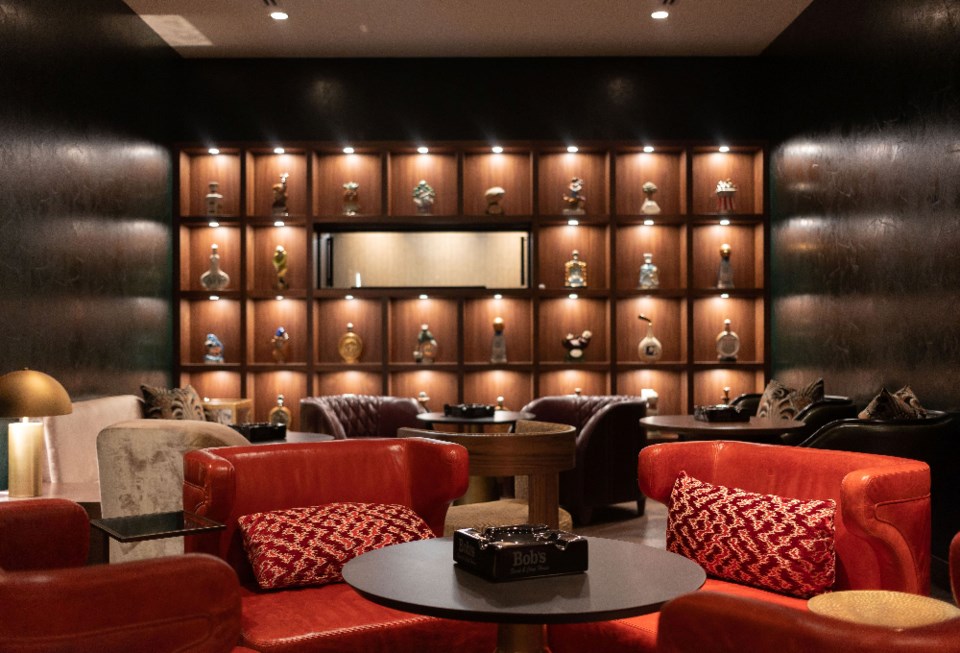
LP: What helped turn things around?
BS: It took time, but slowly, people started to recognize that our food was always good, our steaks always cooked right. Back then, Dallas had places like Del Frisco's, The Palm and Ruth’s Chris, but we kept going. Then a few things shifted. Jerry Jones fired Jimmy Johnson and hired Barry Switzer. On Barry's first night in town, he came to Bob’s with Steve Hatchell, the Big 12 commissioner, and we ended up talking at the bar until 1:30 a.m. He started coming in four or five nights a week, and every time he did an interview, he’d mention Bob’s as his favorite restaurant. Word spread, and suddenly, people were hearing my name. That was a turning point for us. We also got recognized by D Magazine in 2001 as the best steakhouse in Dallas, which gave us a big boost.
LP: What advice do you give to young restaurateurs?
"My main advice is simple: don’t run out of money."
BS: My main advice is simple: don't run out of money. When I talk to young restaurateurs, they often say they want to be the best restaurant or chef, to win awards. I tell them, “What I want is an award from the bank for the most deposits.” Once you’re financially successful, you can do anything. Until then, you’re not in control.
There are two parts to the business: the restaurant business and the business of the restaurant. You need to master both, or you’ll fail. Many young restaurateurs are great in the kitchen but don’t know what to do with money, and vice versa. Every day, my focus is on growing sales. Without sales, you have nothing. If you can generate revenue, it solves most problems. Dale Wamstad, a great friend and mentor, always asked me, "How’d you do tonight?" And when I’d say, “Good, 40” he’d reply, “Great. Maybe you’ll do 41 tomorrow.” It's all about doing a little more each day. Even in a crowded market, consistency is key — people need to know you’ll be there when they want what you’re offering. That's the secret.
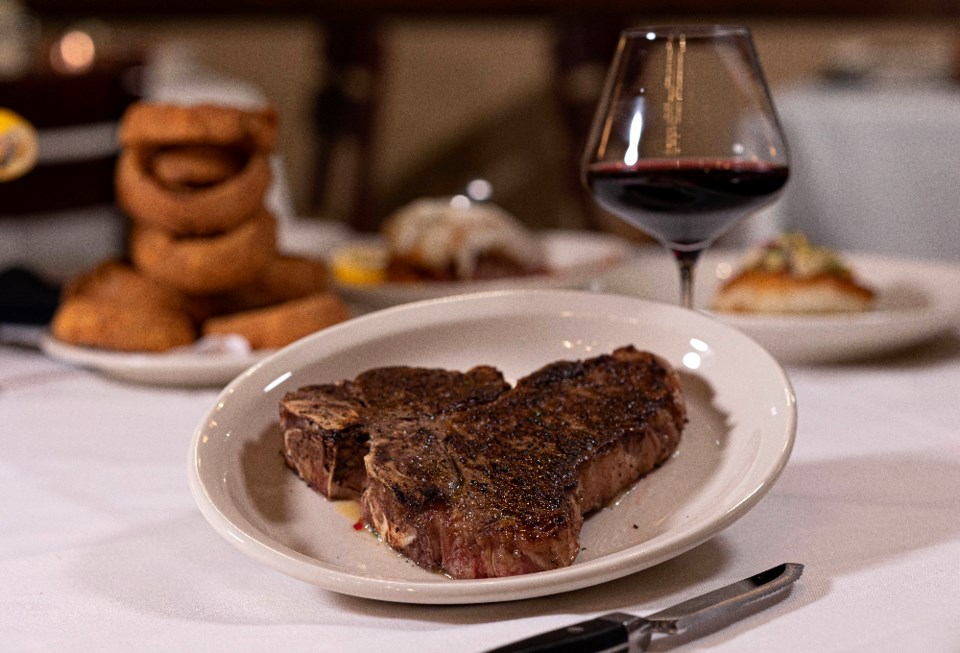
LP: Do you think you learned your work ethic from seeing your dad in the business?
BS: The biggest lesson I learned from my dad was that when we didn’t make money, I didn’t get paid. That was a powerful motivator to make sure we stayed on track. I remember early on, I had to make up stories about the paychecks getting lost, just so I could delay payments until the bank opened on Monday. But everyone got paid, even if it was a little late.
I also learned the importance of loyalty — to customers, employees and vendors. I’ve bought meat from the same company for 40 years, and I’ve always stayed loyal to my vendors. When I was struggling, I could call them and say, “I can’t pay right now — can you help me out?” And they did, because they knew I was loyal to them. In today’s world, that personal touch is lost. Vendors are just orders on a phone, not people you build relationships with.
You also have to know both parts of the business: the restaurant and the business side. Too many young restaurateurs focus on one but not the other. The secret is understanding that without strong sales, nothing else matters. As for pricing, if I need to raise my prices, I do it — but not without improving everything else. The quality, service and even the valet — everything has to improve as prices go up. It’s all about delivering a total package.
"Even in a crowded market, consistency is key — people need to know you’ll be there when they want what you’re offering. That's the secret."
LP: How did you decide to expand and open new locations?
BS: Expanding was a tough process. When we opened in Plano 25 years ago, the tollway ended there. But we took a chance, just like we did with McKinney, where Mi Cocina was three doors down. We followed a similar strategy, and it worked. We also partnered with Omni Hotels, who bought half of the brand and placed Bob’s in their hotels. That partnership has been incredibly successful because their hotels attract business travelers, and that’s what Bob’s is all about — a businessman’s restaurant.
When we first considered Plano, the area was nothing like it is today, and I was definitely apprehensive. But the landlord, Fehmi Karahan, made us an offer we couldn’t refuse. He knew that by getting us and Mi Cocina, he could attract others. Fehmi has a rare talent for understanding what an area needs, and he’s been incredibly successful at it. What makes him unique is that his properties evolve, rather than just change. And that’s our philosophy at Bob’s — we want to evolve, not change.

LP: How do you maintain Bob’s position as a leading steakhouse?
BS: We focus on evolving, not changing. This morning, we had a meeting about upgrading our seafood. We already have the best meat, but now we’re working to offer the best seafood — salmon, swordfish, shrimp. With all the changes in the seafood world, we’re testing different options to ensure we’re offering the best. Fortunately, our customers trust us, and if we need to raise prices to improve quality, they’re on board.
But here's the key: you can’t just raise your prices. Everything else has to improve — quality, service, cleanliness, even valet. You can’t suddenly become an expensive restaurant and let things slide, like having dirty bathrooms or poor valet service. It’s all about offering a complete, high-quality experience.
My customers can afford to eat anywhere, so they expect quality and are willing to pay for it. When you don’t provide that, they’ll have a problem.
LP: What are some of the key lessons you’ve learned about running a restaurant?
BS: My dad had many sayings that still stick with me. One of his biggest lessons was about hot food. He’d always say, “You can serve people crap, but make sure it’s hot.” He’d tell me, “How do you explain to a table that the food is cold? You can say it’s too salty or not what they like, but you can’t make cold food hot.” He believed cold food was the worst insult a restaurant could offer. That’s why, at Bob’s, our plates are hot and our food is hot. In 31 years, we’ve only had three complaints about cold food. I want you to burn your hand on your plate.
Another thing my dad instilled in me was the importance of keeping things simple. For example, I wanted every entrée at Bob’s to come with a vegetable, but I didn’t want it to be a la carte. I tried different vegetables — green beans, spinach — but nothing really felt right. Then I remembered a dish my mom used to make, called simas, with glazed carrots. I put a big glazed carrot on every plate at Bob’s, and 31 years later, it’s still there.
Running a restaurant isn’t complicated. You can pick a bad location or face a bad economy, but what you do inside your four walls is simple. When new restaurants open, young restaurateurs ask about menu planning.
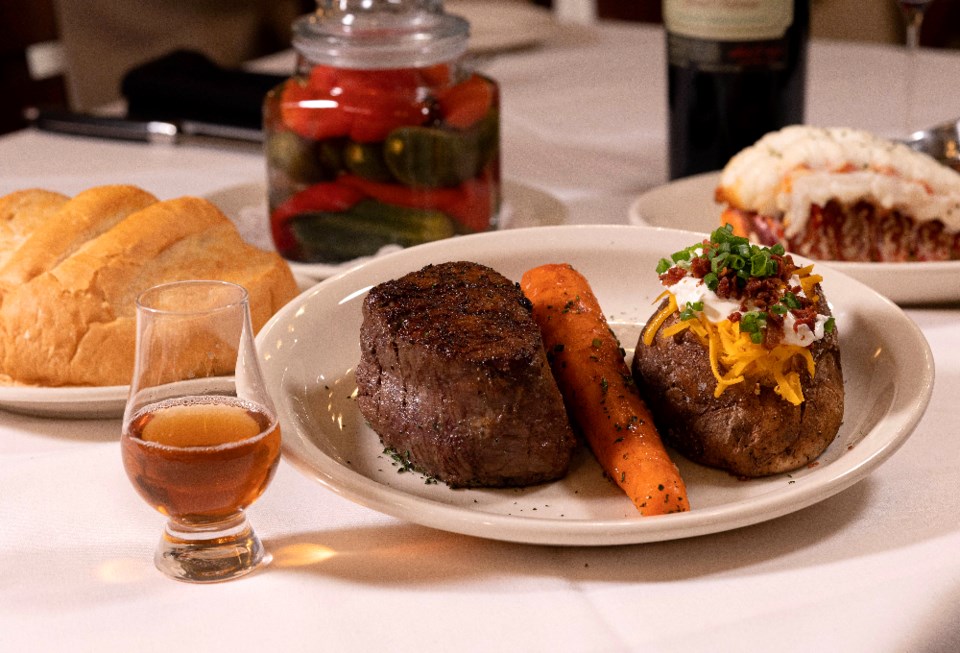
"Running a restaurant isn’t complicated. You can pick a bad location or face a bad economy, but what you do inside your four walls is simple."
My theory is: 80% of your menu should be things people already want, and 20% should be what you think they want. If you put something like rabbit on the menu, don’t expect it to sell. Whoever said, “I can go for some rabbit tonight.” Nobody, nobody. Why would you even put that on a menu? Stick to what works. Once you’re successful, then you can experiment, but early on, you have to give people what they want.
LP: What’s your perspective on success and how it’s often portrayed by other entrepreneurs?
BS: A lot of entrepreneurs say they never went into business to get rich, but that’s nonsense. The truth is, we all go to work hoping to make money so we can live a better life. When I hear these corporate types speak, I feel like they don’t really get it. Whether it’s a small restaurant or one of 50 in a chain, the goal is always the same: make money, be profitable and have a good team. It all comes down to that.
"I love what I do, and I want to keep doing it. I never want to wake up with nowhere to go."
LP: Looking back at your career, what’s next for you?
BS: There’s no “next.” I love what I do, and I want to keep doing it. I never want to wake up with nowhere to go. I love my wife, and I enjoy playing golf, but I can’t do either of those every day. I just became a grandfather — my oldest son had a baby girl, and my youngest is having one in May. It’s making me rethink my priorities, but I’ll never stop being Bob. I love being in a restaurant.
Hungry for more? Check out our dining guide.
Don't miss anything Local. Sign up for our free newsletter.




